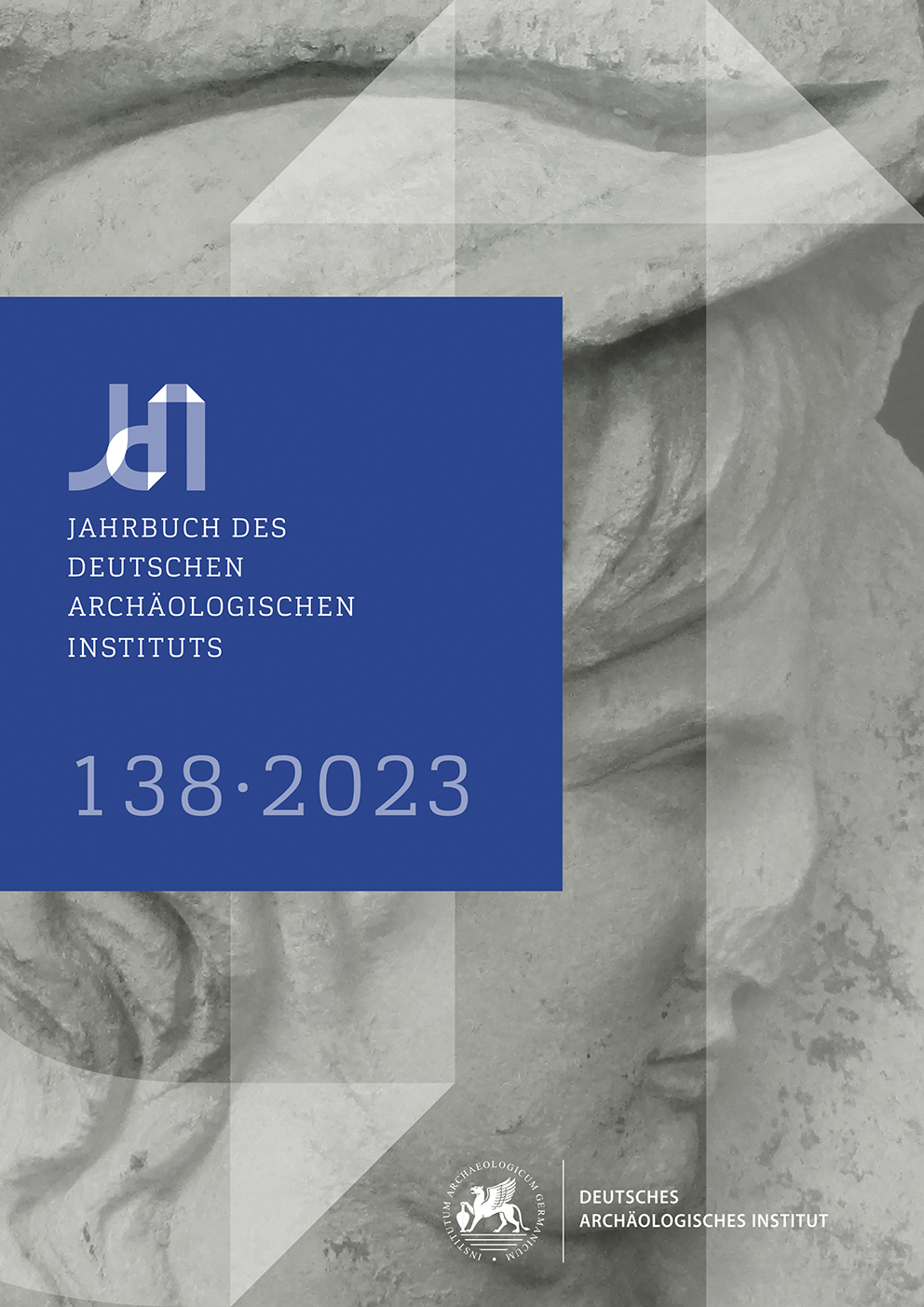The Clothes Make the (Wo)man
Gender, Dress and Virtue in “Heroic” Female Portraiture of the Roman Imperial Period
https://doi.org/10.34780/dde0-nv06
Abstract
Private portraits of women as mythological figures in cross-gendered dress were set up in the funerary contexts of Rome especially between the late 1st and early 4th centuries A.D. This might initially seem surprising. Female-to-male cross-dressing was typically perceived as a transgressive act in Roman society; moreover, conventional portrait types tended to emphasize femininity, modesty, and passivity. As argued here, the gender-b(l)ending sartorial codes had the capacity to express particularly female forms of virtus (›manliness‹), both on their own terms and in connection with other visual codes. This complemented their more traditional virtues in meaningful ways.
Schlagwörter:
mythological portraiture, gender, (cross-gendered) dress, virtue





